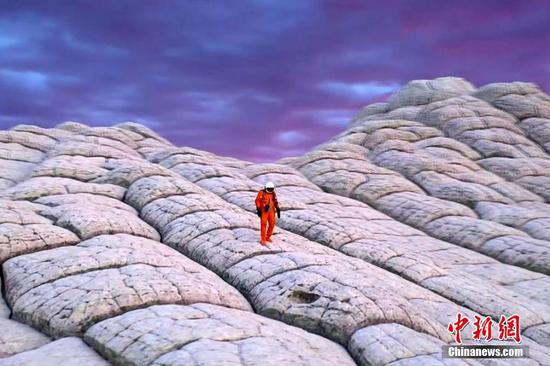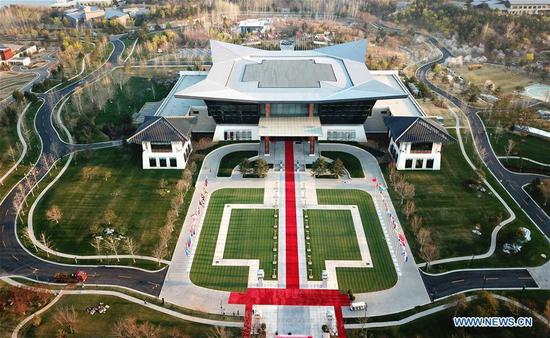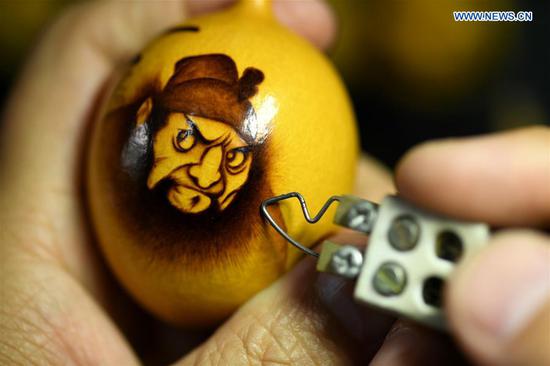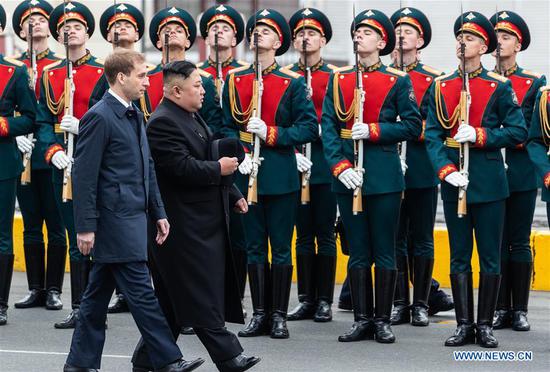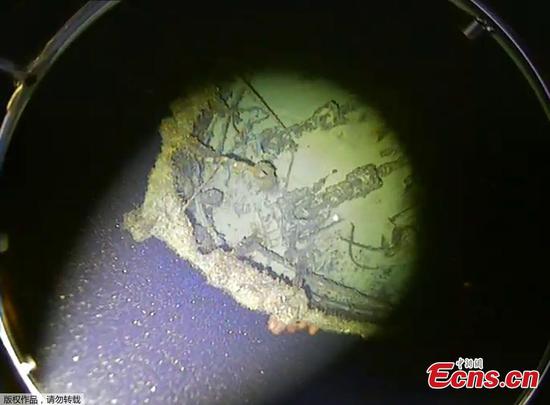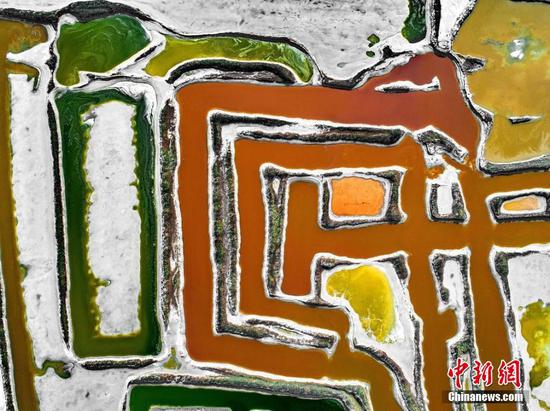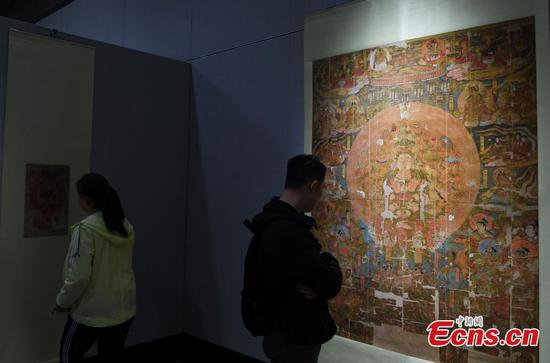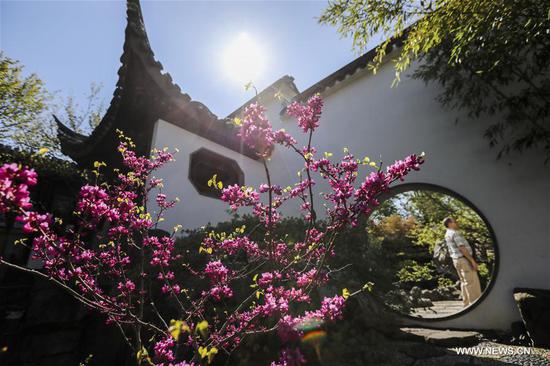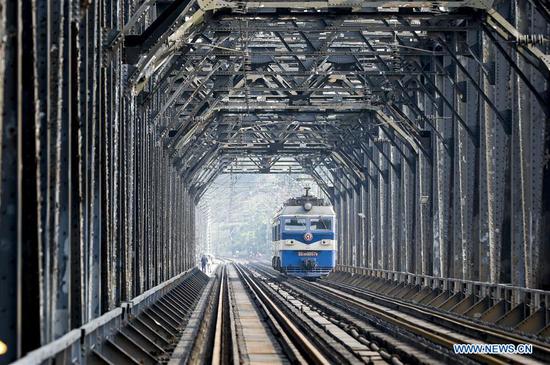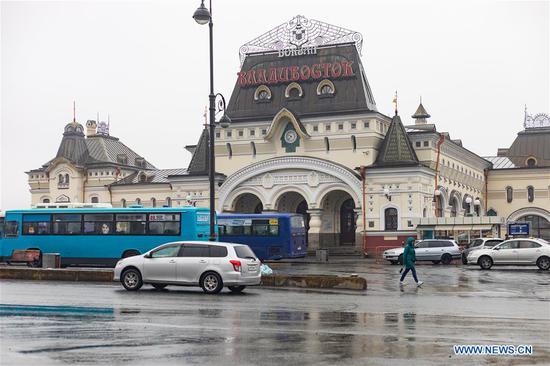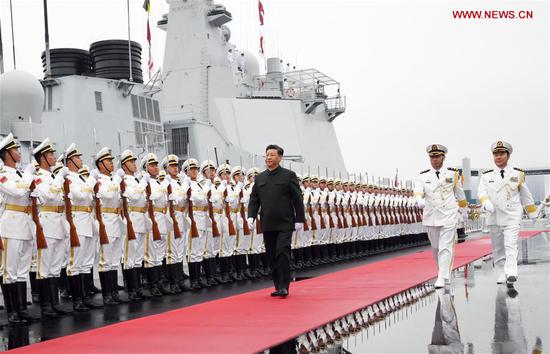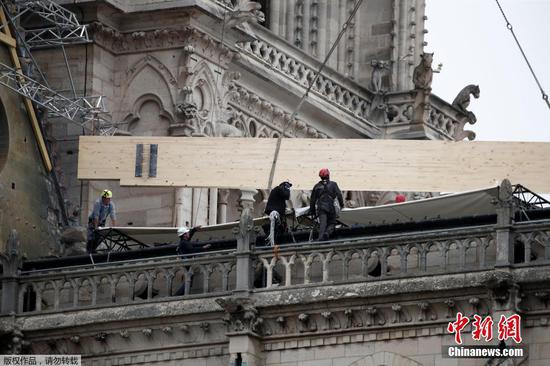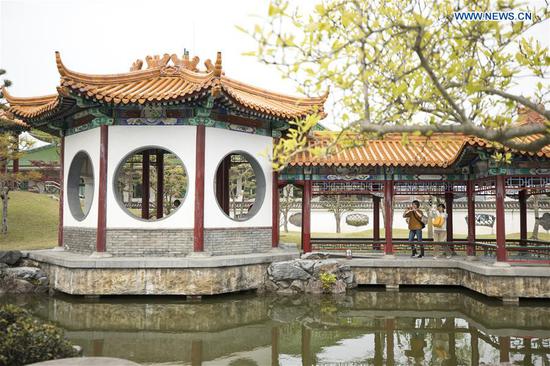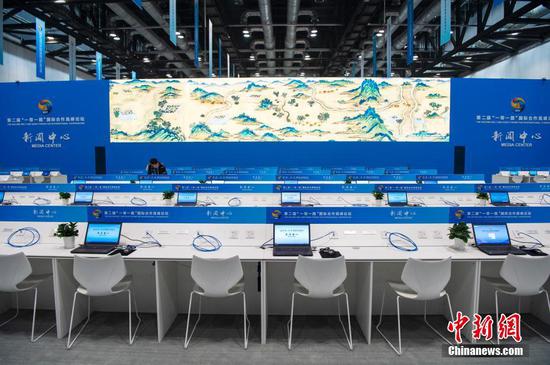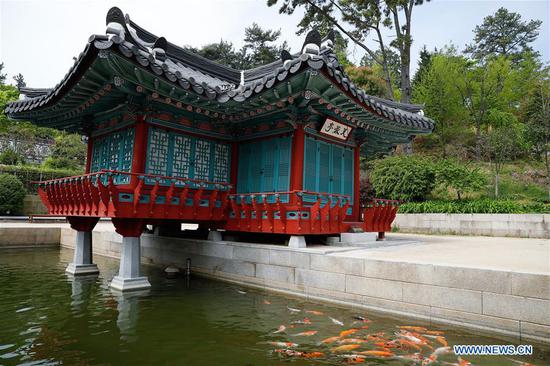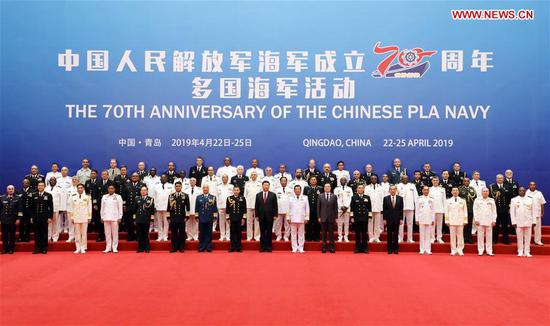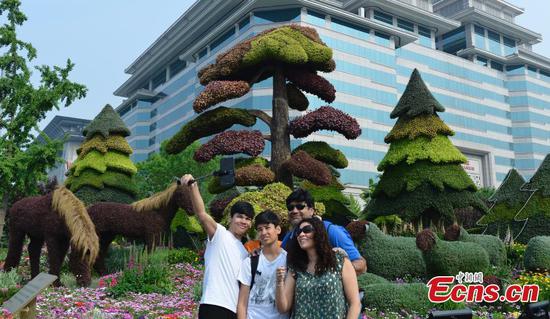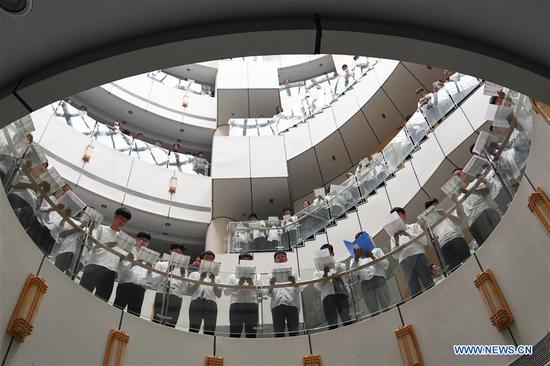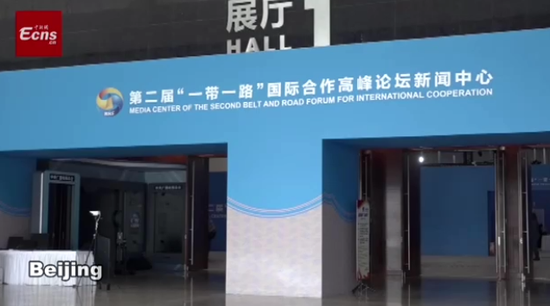
A visitor tours an exhibition of relics returned by Italy at the National Museum of China in Beijing on Wednesday. (Photo by Jiang Dong/China Daily)
After a long journey home, hundreds of Chinese cultural relics repatriated from Italy finally were made available for public viewing on Wednesday at the National Museum of China in Beijing.
The 796 artifacts are believed to have been illegally moved overseas. The exhibition runs through June.
"On a flight, it only takes 10 hours to travel from Milan to Beijing," Minister of Culture and Tourism Luo Shugang said at the exhibition's opening ceremony. "However, their journey took 12 years."
The artifacts were found in 2007 at an antique market in Milan by an Italian police squad assigned to fight cultural heritage-related crime, Luo said. Officers suspected the relics were smuggled and confiscated them.
The Chinese embassy in Italy was informed of the case in 2008, and China's National Cultural Heritage Administration soon began the process of identifying the artifacts and checking them against export documents.
None of the items was approved for export, and most of them showed signs of having been buried and excavated. The Chinese administration filed papers seeking their return and, after a decadelong judicial process, a court in Milan approved their return in November.
In March, President Xi Jinping and Italian Prime Minister Giuseppe Conte oversaw the signing of an intergovernmental agreement in Rome to formally give the green light for repatriation of the artifacts, which arrived in Beijing on April 10.
"I'm glad to see this exhibition just before the Belt and Road Forum in Beijing," said Ettore Sequi, Italian ambassador to China. "The new Silk Road of culture is bearing fruit.
"Italy and China are the nations with the largest numbers of UNESCO World Heritage sites," he said. "Given that the two countries are important cultural powers, I think this repatriation will set an example for the rest of world."
The origins of the returned artifacts range from the Majiayao, a Neolithic culture from the third millennium BC in what is now Gansu province, to the early 20th century, according to Xin Lixiang, a veteran archaeologist at the National Museum of China.
"We can see many pottery figurines of camel caravans from the Han (206 BC-AD 220) and Tang (618-907) dynasties, two peak times of the ancient Silk Road," Xin said. "They are typical representatives of their times."
China has gained the repatriation of many lost cultural relics from overseas in recent years. In February, an agreement was reached with the United States for the return of 361 artifacts. But Guan Qiang, deputy director of the heritage administration, said the process isn't easy.
While international conventions prohibited the illicit import and export of cultural properties in 1970 and 1995, respectively, Guan said the process is often tricky, especially with artifacts lost before 1970.
"This repatriation from Italy offers a crucial reference," he said. "But each case requires a plan tailored to its specific situation."
China has signed bilateral agreements to fight cross-border crimes involving cultural relics with 21 countries including Italy, and Guan said the agreements complement the international conventions. "Diplomatic channels, judicial procedures and negotiation are needed, depending on the circumstances," he said.
Guan said an exhibition featuring some of the choice cultural relics repatriated in recent years will be held in the near future.










